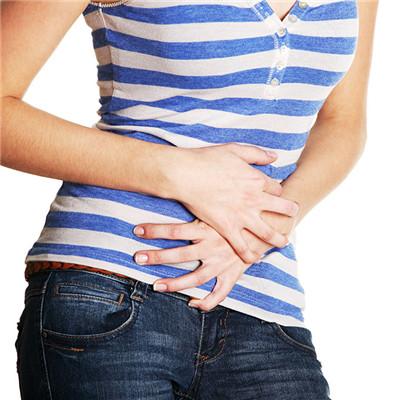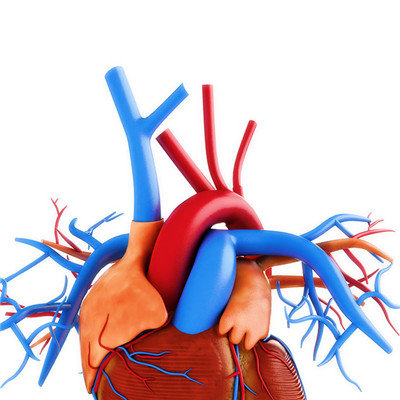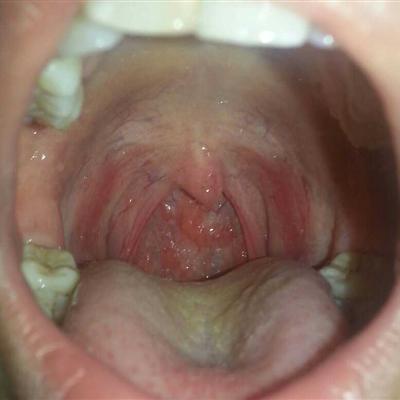The most common symptoms of lumbar disc herniation
summary
After lumbar disc herniation, we will have low back pain. Although there are many kinds of low back pain, we should first be alert to the occurrence of lumbar disc herniation. Generally, there will be obvious symptoms after the occurrence of lumbar disc herniation, so we only need to observe our own physical symptoms. What is the most common symptom of lumbar disc herniation? Let's talk about it
The most common symptoms of lumbar disc herniation
Low back pain: this kind of pain appears before the leg pain, also can appear at the same time. The pain is mainly in the lower lumbar or lumbosacral region. The main reason for the pain is that the nerve fibers of the sinus vertebrae in the outer layer of the annulus fibrosus and the posterior longitudinal ligament are stimulated after the disc herniation. The pain site is deep, difficult to locate, generally dull pain, stabbing pain or radiation pain.
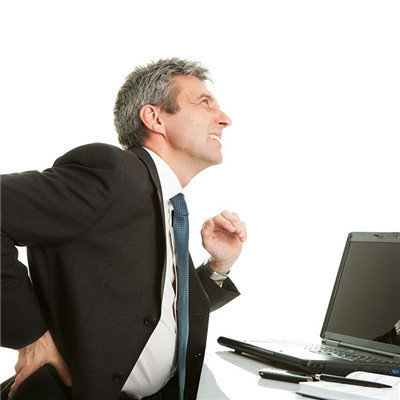
Numbness and paresthesia: after lumbar disc herniation, it can cause local compression and implicative compression in the nerve root contact area, so that the fibers and blood vessels of the nerve root itself are compressed, leading to ischemia and hypoxia, so the affected nerve root innervation area has abnormal feelings such as pain and numbness.
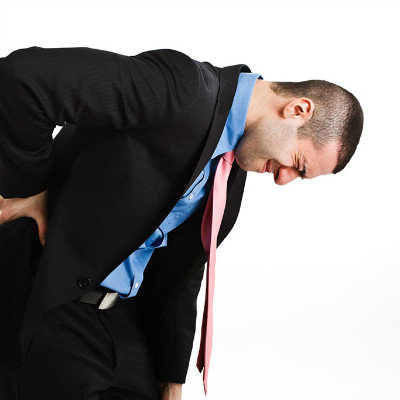
Intermittent claudication: due to the compression of nerve roots by intervertebral disc protrusion, the congestion, edema and other inflammatory reactions and ischemia of nerve roots are caused. When walking, the congestion of vertebral venous plexus blocked in the spinal canal aggravates the degree of congestion of nerve roots and the expansion of spinal cord blood vessels. At the same time, it also aggravates the compression of nerve roots, resulting in intermittent claudication and pain.

matters needing attention
We should strengthen the training of lumbodorsal muscles to increase the internal stability of the spine. Those who use waist circumference for a long time especially need to pay attention to the training of lumbodorsal muscles in order to prevent the adverse consequences of disuse muscle atrophy. If you need to bend down to get things, it is best to use hip flexion and knee flexion squatting to reduce the pressure on the back of the lumbar intervertebral disc.





